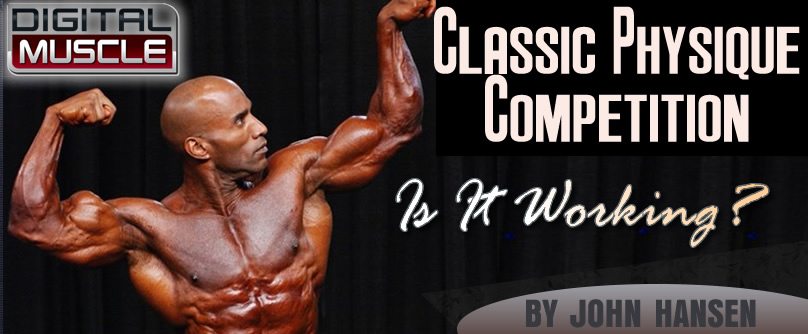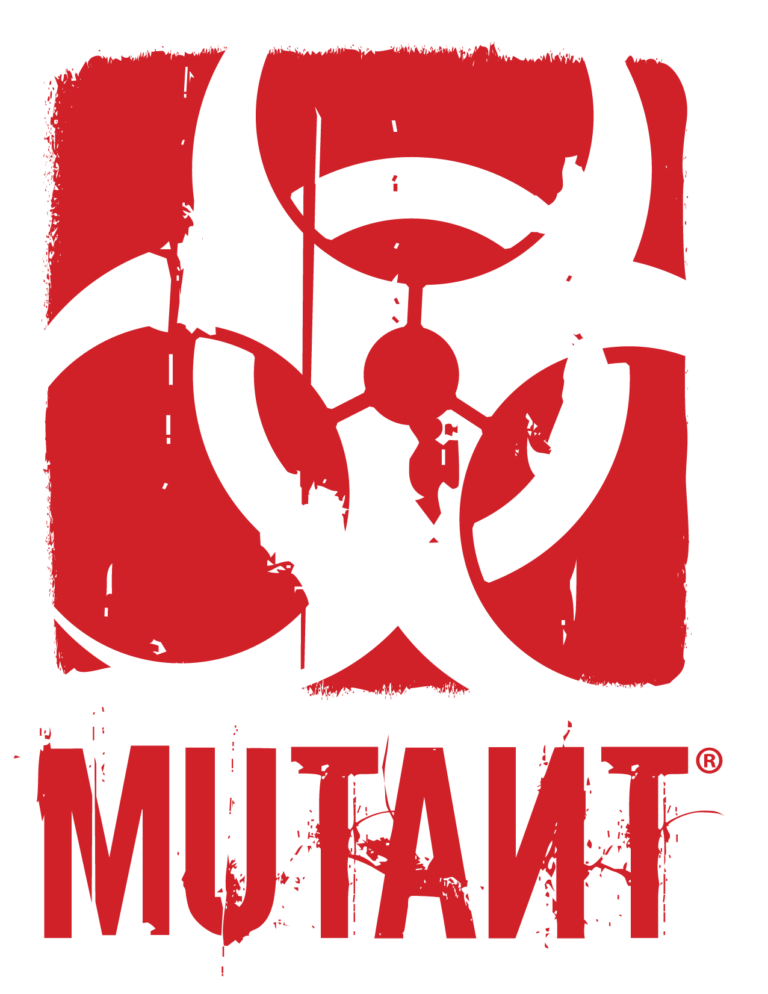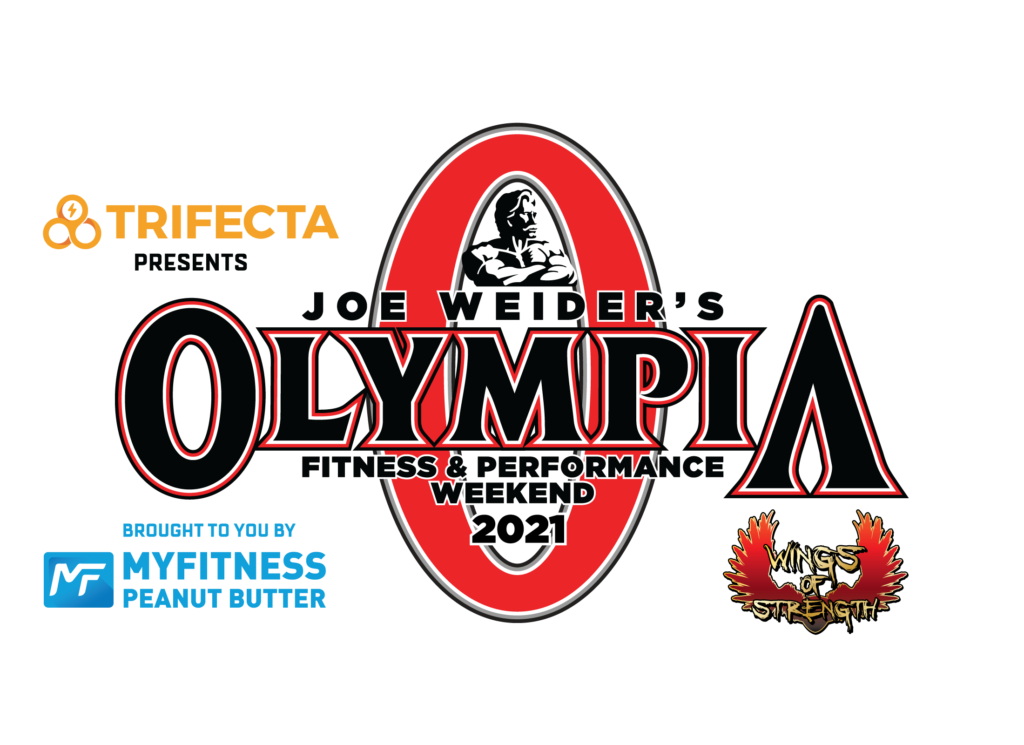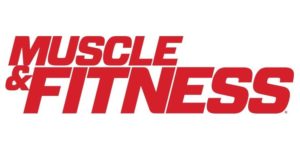By John Hansen
It’s been more than six months since the introduction of Classic Physique, a new competitive division developed as a means of satisfying a growing number of bodybuilders and men’s physique athletes looking to expand their talents. The Classic Physique division is seen by some as a cross between those two divisions, bodybuilding and men’s physique. Similar to Bodybuilding, Classic Physique competitors pose onstage, emphasizing more “classic” bodybuilding poses that highlight the symmetry and proportions of the physique over raw muscle mass and extreme conditioning.
The competitors are limited in weight by a height-weight chart that spells out how much you can weigh for the competition based on height. When the NPC announced plans to introduce the Classic Physique division in 2016, many competitors became excited about their prospects of success in this new category. Men’s Physique competitors who were looking for a way to pose and show off the muscularity of their physiques without having to attain the extreme size of the current level of bodybuilding were looking forward to expanding on their physical development by displaying their leg development and posing their physiques onstage.
Many Bodybuilding competitors were also looking at this new category as a path to success in the sport. The professional division of Bodybuilding emphasizes huge size and incredible conditioning as requirements for victory. Many competitors do not want to take the extreme measures required to transform their physiques into freaky monsters. Other competitors did not want to go down this road simply because they do not want to look like the freaky pro bodybuilders of today, preferring the classical look displayed by bodybuilding legends such as Frank Zane and Bob Paris over the massive proportions of Kai Greene and Big Ramy.
After viewing the Classic Physique division onstage at some local competitions in the Florida area, I was initially disappointed. Most of the competitors were simply cross-overs from the Men’s Physique division and their physiques were underwhelming as a whole. Displaying a rookie level of muscular development, the majority of the competitors competing in the Classic Physique division posed like amateurs, unsuccessfully trying to imitate the iconic poses made famous by superstars like Zane and Bannout. With lackluster physiques and uninspired posing, Classic Physique looked like it might have been a good idea in theory but not in practice.
That feeling changed for me after watching the competitors in the Classic Physique division pose onstage at the recent NPC Southern States event in Fort Lauderdale. Always one of the most competitive regional level shows in the country, the Southern States attracts top-quality competitors in every division. This year was no exception with a wonderful group of athletes, many of them already nationally qualified, competing on stage.
When the Classic Physique athletes walked onto the stage at the Southern States, I was pleasantly surprised at the level of competition. Like a lightbulb clicking on in my brain, I was able to see, crystal clear, the huge potential of this division. What I witnessed that evening was a group of young athletes, many of them superbly conditioned, proportioned, good looking and ready to win. The crowd responded with loud applause, some in the audience cheering boisterously for their favorites.
For a minute, I felt like I was transported back in time to the 1990’s. These athletes were similar to how the bodybuilders from 20-30 years ago used to look. Their physiques were muscular, symmetrical, very ripped and defined. Best of all, each competitor onstage looked like they had what could be viewed as an attainable physique. I could easily imagine some young kid sitting in the audience and, after viewing the Classic Physique division athletes posing it out onstage to the loud cheering from the audience, say to himself “I want to do that!”.
Samir Bannout, 1983 Mr. Olympia and one of the most symmetrical physiques in the history of the sport, recently made a comment on his Facebook page that Classic Physique is not a new concept, it IS what Bodybuilding is supposed to be. Back in the 1970’s and ’80’s, the judges in bodybuilding competitions had a different set of standards when placing the top physiques in the world. In an era when massive size combined with extreme conditioning was not yet in existence, judges rewarded qualities such as symmetry, shape and overall aesthetics in a bodybuilder. This is how it was possible for Frank Zane, standing 5’9” and weighing only 185 pounds, to win three consecutive Mr. Olympia titles. In the process, Frank beat out some real mass monsters of that time period including Robby Robinson, Mike Mentzer, Roy Callendar, Kal Szkalak and Dennis Tinerino.
So, it’s not like Zane won the biggest title in bodybuilding just because there were no other mass monsters around. Remember, Zane took over the Mr. Olympia crown from previous winners Sergio Oliva and Arnold Schwarzenegger, both of whom could never be mistaken for having “ballerina physiques”. Sergio and Arnold were the Bodybuilding Freaks of their time with physiques that displayed never before seen muscle mass and proportions. However, the judges, during what is commonly referred to as Bodybuilding’s Golden Era, were wise enough to never lose sight of a competitor’s shape and symmetry when assessing the physiques onstage. A chiseled Zane beat out a bulked up Schwarzenegger at the 1968 Mr. Universe, a sculpted Serge Nubret beat out the hulking Lou Ferrigno at the 1975 Mr. Olympia, Makkawy easily defeated big Lee Haney at the 1983 European Grand Prix events and a symmetrical and shredded Samir Bannout wiped out thick and massive Bertil Fox at the 1983 Mr. Olympia.
During those years, shape, symmetry and aesthetics were highly regarded assets that could make all the difference between being the victor or the loser in any contest. But that was then and this is now. Modern scientific advancements have allowed bodybuilding physiques to progress by leaps and bounds in the areas of muscular development, hardness and freaky conditioning. In the wake of this new era of freaky bodybuilding, the aesthetic concepts of shape, symmetry and physical beauty were left behind and often ignored. Turning back the clock at this stage of the game would be both impractical and hard to accept by most of the bodybuilding community.
The Classic Physique division is one way to restore these important and vital components of Bodybuilding. Tweaking a few of the guidelines currently in place in Classic Physique might help to really bring this new division the life and potential it promises.
- Bring up the weight limits slightly to allow for more muscle mass to be displayed on the physiques.
- Introduce posing trunks similar to the old school posing briefs worn in the 1970’s and ’80’s while still keeping the glutes fully covered (an important point in order to avoid having the Classic Physique division eventually morph into the same standards as the current bodybuilding guidelines with ripped glutes. If you can’t see them, this level of conditioning will not be emphasized or judged).
- Judge the posing routines during the evening finals and factor them into the scores to emphasize posing and help bring back this important aspect of the sport.
Classic Physique has all the potential in the world to bring back some of the beauty and aesthetics of the Sport and Art of Bodybuilding. It’s not perfect at the moment but the promise is clearly evident for those of us who remember the classic, symmetrical bodybuilders of an earlier era. In doing so, we may also inspire and help create a whole new generation of young athletes who will forge their own path with perfectly sculpted physiques that can display their beauty with creative and artistic posing. The future is full of promise and hope. Let’s hope that the Classic Physique division fulfills this prophecy.
A three-time Natural Mr. Universe and the first Natural Mr. Olympia champion, John is the author of the book Natural Bodybuilding (2005, Human Kinetics). A 14 year columnist for Ironman Magazine, John is the founder of FloridaPhysique.com where he covers the NPC Florida Bodybuilding scene and interviews legendary bodybuilders. John is also the promoter of the NPC Natural Suncoast Classic and offers consultations on training, nutrition and posing – in person and online.






